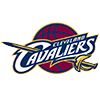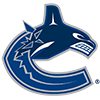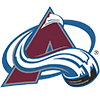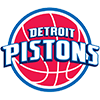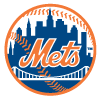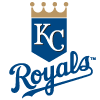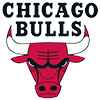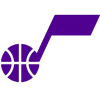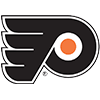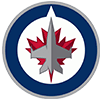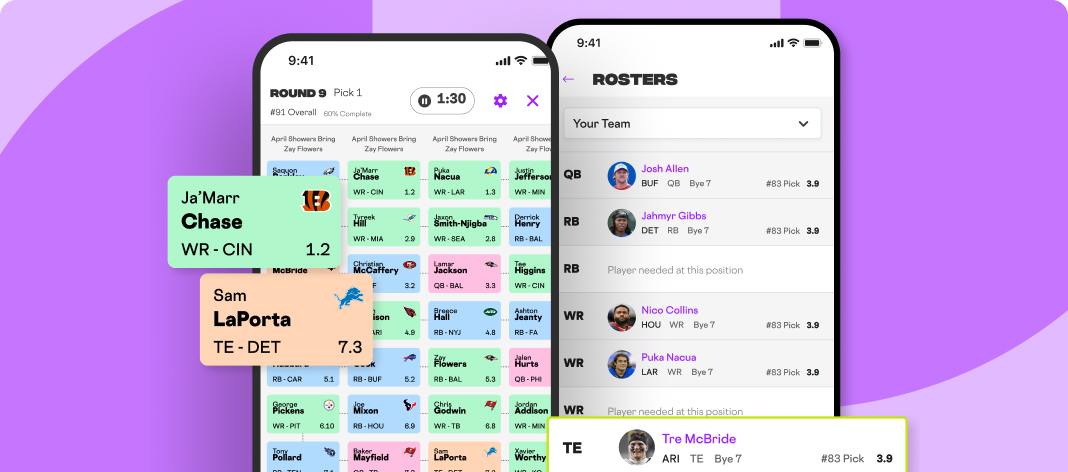The sideline medical tent is more like the Temple of Doom for fantasy managers. It's never a good thing to see a player slide behind the blue canvas, which usually means they are headed for the NFL Injury Report. We start this week's injury analysis looking at a player who has, unfortunately, frequented the tent this season.
The Giants quarterback did not finish the team's loss to the Bears after sustaining a concussion in the second half. Dart's head hit the ground during a third quarter take-down, and he was eventually removed from the game following a medical evaluation.
Each week we see players enter the blue medical tent, but we are unable to watch what goes on behind closed doors. Let's examine the league's concussion checklist to get a better understanding of what is going on inside the tent.
The league's mandated protocol is initiated if a player is struck in the head and displays or reports any signs or symptoms of a concussion. The protocol also can be initiated by an assortment of people who fear a concussion may have occurred including designated athletic trainer spotters, game officials, teammates or an independent neurologist. Symptoms of a concussion can include confusion or disorientation, headache, blurry vision, nausea and a myriad of other issues.
Once the process has begun, the player is removed from the sideline and his helmet is taken to prevent an unauthorized return to the game. The player in question enters the medical tent and a sideline survey is carried out by the team doctor or an independent neurologist. The survey includes an evaluation of the player's history, symptoms and a neurological exam that focuses on speech, balance and eye movement. If the sideline survey is normal, the player may be cleared to return to play. An inconclusive or positive result forces the player to return to the locker room for a more detailed exam.
If the affected individual worsens over time or displays any symptom included on the "No-Go" list, he is immediately disqualified from returning to play. Symptoms on this list include confusion, amnesia, loss of consciousness and abnormal posturing.
The locker room exam includes a more comprehensive exam that includes a test known as the SCAT test (Sport Concussion Assessment Tool). If the athlete's results are normal, he may return to play. A positive or abnormal test results in removal from the game. Any player diagnosed with a concussion must then complete the return-to-play protocol before returning to action.
This standardized approach to care helps identify players who have suffered a traumatic brain injury (TBI). The approach is necessary because of the variability that accompanies concussions. I have heard some medical professionals go a far as to compare concussions to snowflakes, suggesting no two are exactly alike.
Dart has reportedly been run through this process at least four separate time since the start of the preseason. He successfully navigated through the checklist each time before Sunday. Now he will rest until he is symptom free and can begin the RTP protocol. As I mentioned last week with C.J. Stroud the process takes a minimum of five days, with very few players completing the process without missing at least one game. As a result, there is a strong possibility the Giants turn to Russell Wilson or Jameis Winston in Week 11.
Turf Burns
Davante Adams: The Rams receiver is nursing an oblique strain, though coach Sean McVay is optimistic about Adams' availability for Week 11. The obliques are not an isolated muscle but instead two pairs of muscles located at either side of the rib cage. Each pair comprises two groups. Each group works with the opposite group on the other side of the body to complete trunk rotation. A strain to either group can be functionally limiting, though Adams' injury appears mild. Look for him to be limited at practice with a strong chance at playing against the Seahawks. Adams has been too good to consider benching, but those invested here may want to adjust their expectations with the injury and a tough matchup with Seattle looming. The Seahawks defense currently ranks seventh in the league in defending wide receivers.
Joe Burrow: The Bengals have opened their three-week window for Burrow to practice as he attempts to come off the IR. The quarterback has not played since Week 2 after suffering a significant toe sprain on his left foot. The team has already committed to Joe Flacco for Week 11 as Burrow sets his sights on returning for Cincinnati's Thanksgiving Day game in Week 13. Burrow did admit the Bengals' record will weigh in his decision to return, but those who remain invested in the quarterback still have a sliver of hope for a late-season return. If he does manage to make it back, look for Burrow to wear a modified cleat to protect and support the injured digit.
J.K. Dobbins: Dobbins suffered a foot sprain when he was taken down with a hip-drop tackle. This tackle was deemed illegal prior to the 2024 season after the league determined the take down had a substantially higher injury rate, particularly in the lower extremities. Multiple players including Tony Pollard have suffered ankle or foot fractures when the hip-drop approach was applied. Fortunately, Dobbins' injury does not appear serious, but he is currently seeking additional opinions. Consider him day-to-day for now.
Bucky Irving: The Buccaneers running back is unlikely to return in Week 11 as he works his way back from shoulder and foot injuries. The shoulder injury appears to be the biggest area of concern as coach Todd Bowles hinted the team is unsure of how the joint would respond to contact. Irving suffered a shoulder subluxation (partial dislocation) in Week 4. The comments suggest the joint remains unstable and could continue to linger. Rachaad White and Sean Tucker will continue to man the Tampa backfield until Irving is cleared to return.
Garrett Wilson: Wilson is once again expected to miss time after suffering a knee injury. The Jets receiver was appearing in his first game since missing the prior two outings with a knee injury on the same leg. The current injury is being called a right knee sprain, but it is unclear if this ailment is a new problem or an aggravation of his prior injury. Regardless, early reports suggest Wilson will miss three to four weeks.






